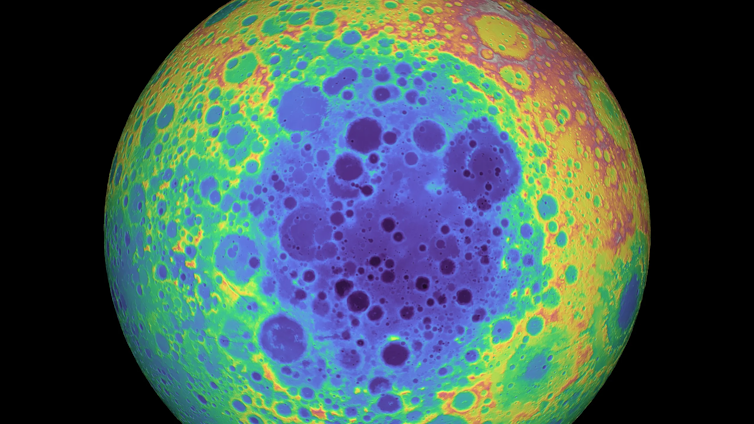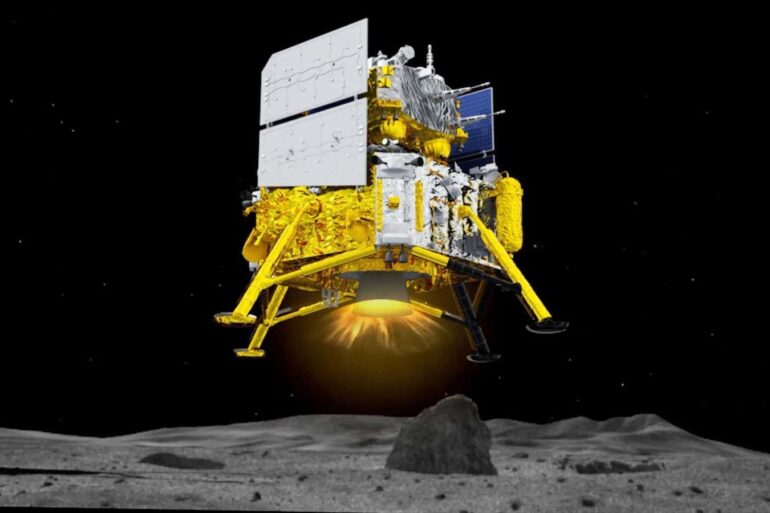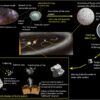China achieved a historic feat by bringing back the first-ever sample from the lunar far side in June 2024. It’s moon lander, Chang’e 6, used a robotic scoop and drill to collect approximately 5 pounds (2 kilograms) of rocks and soil. These samples came back to Earth on June 25, 2024.
Chang’e 6 built off the accomplishments of two previous Chinese missions: Chang’e 4, which soft-landed on the far side of the Moon and used a rover to explore the surface, and Chang’e 5, which returned samples from the Moon’s near side.
Scientists expect the Chang’e 6 samples to deliver not only key geologic knowledge about the Moon but also improve their understanding of Earth and the solar system’s early history.
Chang’e 6 returned samples to Earth on June 25, 2024.
Lunar scientists like myself have been fascinated with the far side of the Moon since the Soviet Union’s Luna 3 mission in 1959, which revealed that the Moon’s far side looks very different from its near side.
The far side of the Moon
Because the same side of the Moon always faces toward Earth, you can see the far side only with spacecraft. The far side is not permanently dark – it alternates between two weeks of daylight and two weeks of night, just like any location on the Moon.
Images taken by spacecraft show that about a third of the Moon’s near-side surface is made up of dark, smooth plains, while only about 1% of the far side has these plains.
These dark plains were once volcanic lava flows, similar to those found on Earth in Hawaii, eastern Washington and India.
Images taken from lunar orbit tell researchers that these plains once had volcanic vents, cones, domes, collapsed pits and channels.
Only the Chang’e 4 and Chang’e 6 missions have landed on the lunar far side, while 25 spacecraft have successfully soft-landed on the near side. A landed mission on the far side is more difficult because mission control cannot directly see or talk with the spacecraft. So what’s needed is a second spacecraft to relay information between the lander and Earth. China used its orbiting satellite Queqiao-2, which was launched in March 2024.
Chang’e 6’s touchdown
On June 6, 2024, Chang’e 6 landed within the colossal South Pole-Aitken basin, which is about 1,550 miles (2,500 km) wide and 5 miles (8 km) deep. It’s the solar system’s largest impact structure: a bowl-shaped feature formed when an asteroid collides with a body, causing an enormous explosion.

The South Pole-Aitkin basin, shown as blue on this topographic map, is the largest basin on the Moon and the site of the Chang’e 6 mission. The Apollo basin is the blue bull’s-eye featured in the upper right corner of the larger basin.
NASA/GSFC/University of Arizona
Superimposed on top of South Pole-Aitkin is a slightly younger and much smaller impact structure called the Apollo basin, about 308 miles (492…



